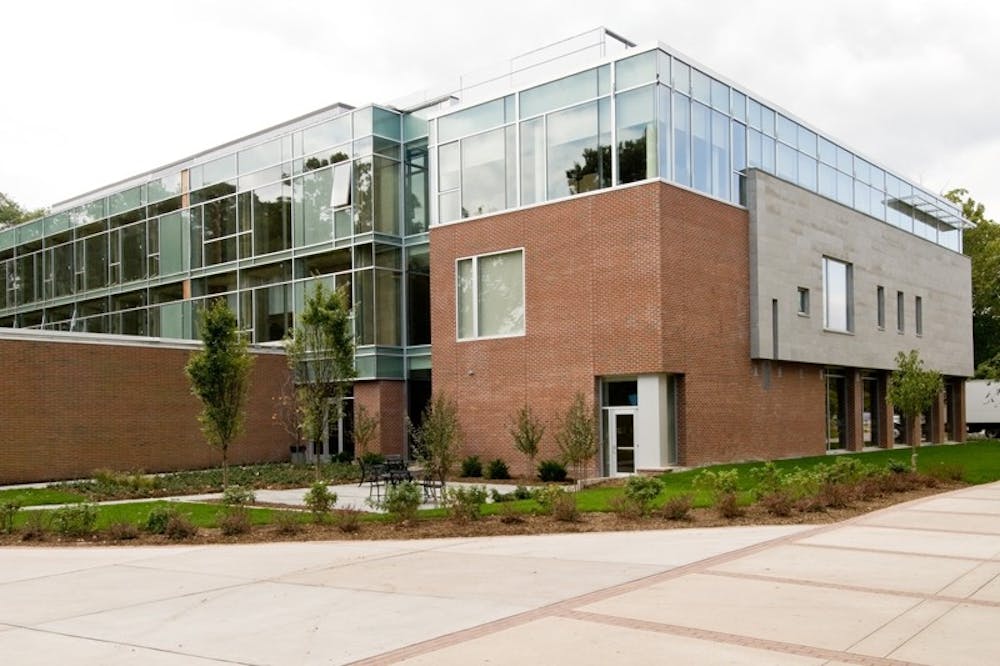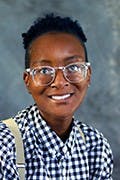Kean University is an institution that prides itself on its ability to offer students different mechanisms to study and to learn. One of those mechanisms is located at the heart of the University in the Nancy Thompson Library.
The library in itself hopes to be a part of each student's success by offering help through the Computer and Technology Laboratory, Writing Center, Tutoring Services, Career Development and last but not least the Learning Commons.
The library Learning Commons is located in L110 across from the student computer lab as an environment that allows students to be innovative and creative by offering primary and secondary resources. These resources can aide students in their ability to be engaged in their studies.
When asked about what the library learning commons were and how it benefited the students, Dr. Paul Croft, the Special Assignment for the Provost Learning and Library Support explained his thoughts on the matter.
"The library is undergoing a transformation into the Learning Commons where students have access to an online information delivery system and to service areas that provide them with academic and professional support," said Croft.
Croft believes that it was conceptualized because of the digital age and the millennial population noting that everything we do is point and click or tap and swipe. Croft focuses on the question of how does the traditional library setting adjust to the common age? How can the Learning Commons be a beneficial aspect in each student's studying routine?
Croft also mentioned when it was established and how it has changed from the beginning to now.
"The concept of a Learning Commons incorporates the sense that learning is a process composed of many parts and experiences. Aside from limited classroom time, students spend many more hours engaging in their studies in groups and individually to learn and apply content, study, complete assignments and work on projects or term reports. This approach took hold during the 1990s in the United States and was to tie in the digital student with a digital library setting."
When asked about the services and opportunities that are available at the learning commons Croft opened up about what there is to offer.
"By having the Learning Commons, students can readily accomplish their work in one location while having instant online access to a variety of resources. The service areas for Student Learning Support allows any student to hone their skills, polish their classwork and even research projects with specialty assistance available."
Croft understands the impact the Learning Commons may have on the students because of its dedication. He explains that appointments can be made easily. The Learning Commons is accessible at all times of the day and it is conveniently placed by campus police, facilities like Starbucks, the Miron Student Center and the dormitories.
He then focused on the flexibility of the services and hours provided by him and his staff, understanding that studying and learning are essential for students at any hour. The Fall semester schedule is as followed:
- Monday through Friday: 8 a.m. to 2 a.m.
- Saturday 9 a.m. to 8 p.m.
- Sunday 1 p.m. to midnight
Croft wanted the students of Kean to grasp some knowledge about why it is important to learn and utilize the options on campus such as the Learning Commons. He wants students to be the guides as well. If they know of certain rules or where certain tools are located, they can help other students.
"Students should be proactive. If a student is being loud in the quiet area, it is up to other students to direct that student to an area where he or she can be better suited. If there is trash on the floor, students are not expected to pick it up, but they can call the front desk to let them know."
The Learning Commons is for the students, so the students should be willing to take charge and make decisions that will benefit the library as a whole.
Croft excitedly mentioned the new updates as well, such as Alexa Dot stations, an Amazon voice-controlled device that will be placed around the library so that students can research more efficiently. He also had ideas to supply students with iPads and laptops if the computer labs are full and students urgently need the internet.
Lastly, Croft finished with the notion that an advisory panel full of students could help the progress of the Learning Commons.
"The Learning Commons is for the students. The students should be heard as well," said Croft.







